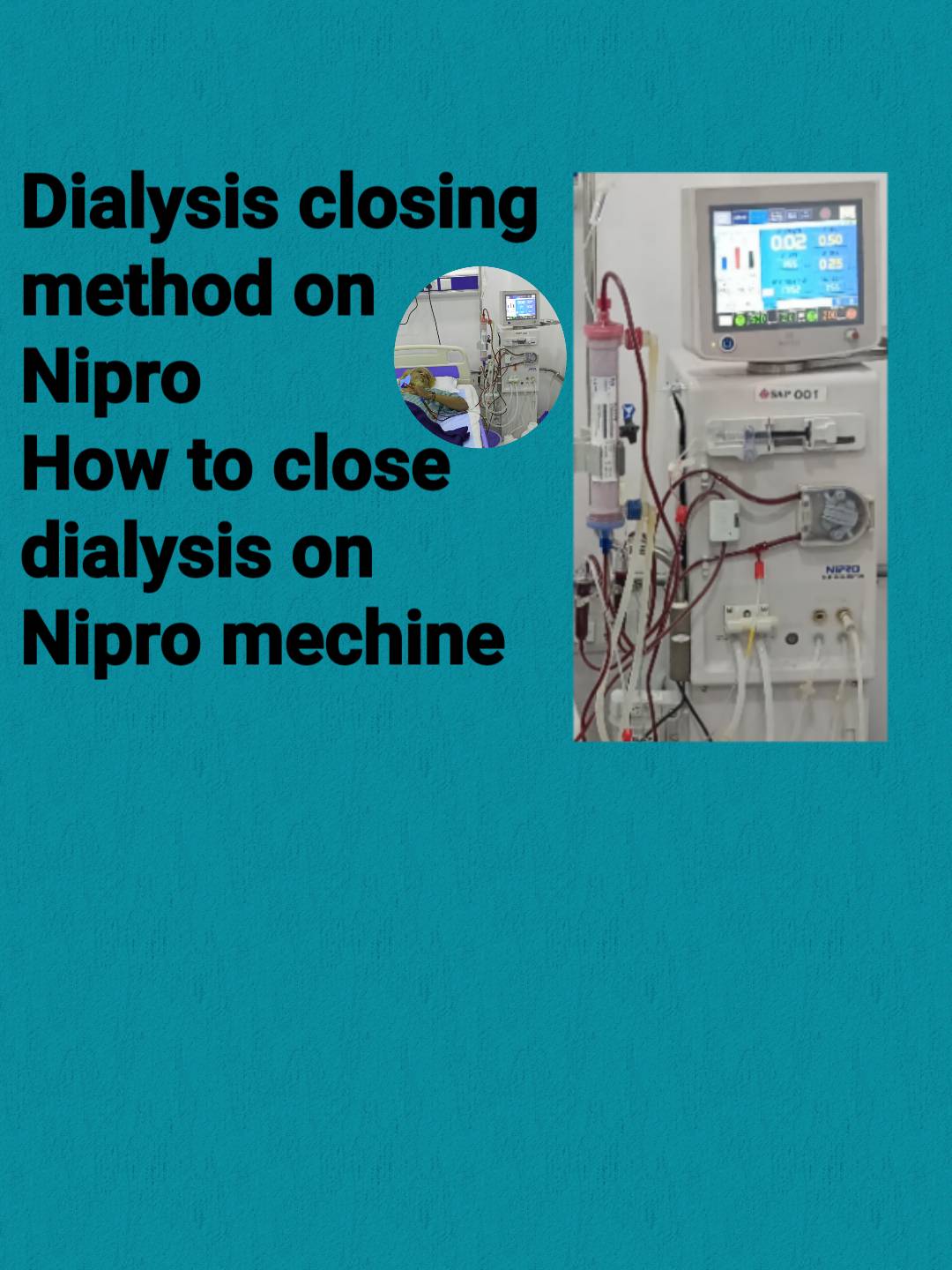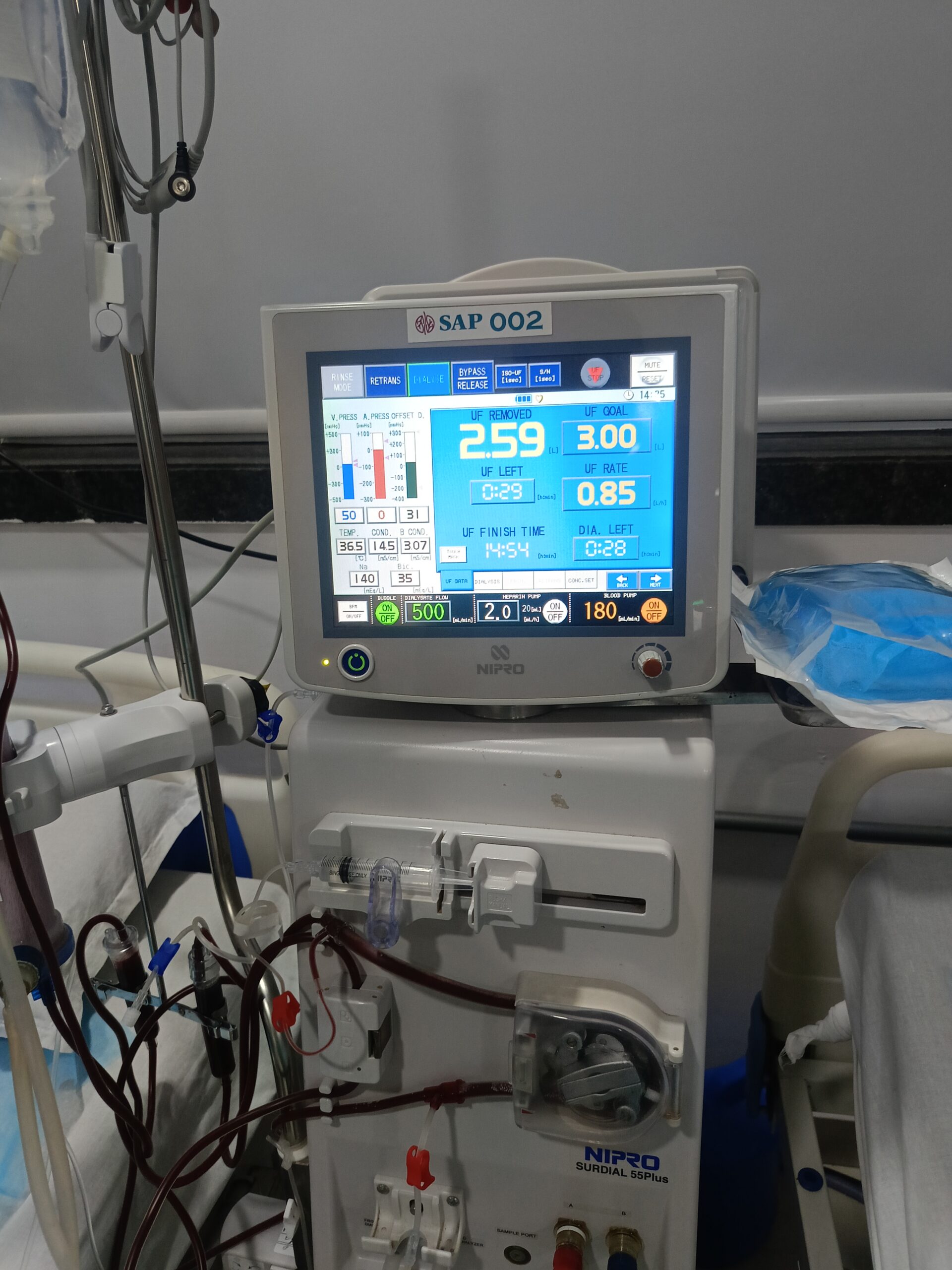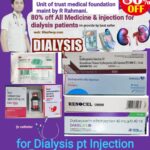Adequacy of dialysis in PPT models
PowerPoint Presentation: Hemodialysis Adequacy
Slide 1: Title Slide
Title: Hemodialysis Adequacy
Subtitle: Key to Quality Dialysis Care
Presenter Name: [Your Name]
Organization: [Hospital/Center Name]
Slide 2: Objectives
Understand the meaning of dialysis adequacy
Learn how adequacy is measured
Identify factors affecting adequacy
Discuss strategies to improve outcomes
Slide 3: What is Dialysis Adequacy?
Definition: How well dialysis removes waste and fluid
Goal: Achieve proper removal of urea, creatinine, fluids
Directly related to patient survival and quality of life
Slide 4: Key Parameters
Kt/V
K = Clearance rate
t = Time of dialysis
V = Volume of water in body
URR (Urea Reduction Ratio)
Measures urea removed during one session
Slide 5: Recommended Targets
Kt/V ≥ 1.2 per session (minimum)
URR > 65%
Higher values indicate better dialysis
Slide 6: Factors Affecting Adequacy
Blood flow rate (Qb)
Dialysate flow rate (Qd)
Dialyzer efficiency
Duration and frequency of dialysis
Patient’s fluid gain and dry weight
Vascular access type
Slide 7: Measurement Tools
Pre/Post BUN testing
Online Clearance Monitoring (OCM)
Machine-based adequacy reports
Monthly lab monitoring
Slide 8: Improving Dialysis Adequacy
Increase dialysis duration or frequency
Ensure good AV fistula function
Optimize Qb and Qd settings
Regular monitoring and reporting
Educate patient on diet and fluid control
Slide 9: Technician’s Role
Proper machine setup
Monitoring during session
Reporting alarms and problems
Patient counseling and support
Maintaining hygiene and access care
Slide 10: Case Study (Optional)
Patient with low Kt/V
Changes made (longer sessions, access check)
Improved outcomes
Slide 11: Conclusion
Dialysis adequacy is life-saving
Achieved through proper teamwork
Technician plays a crucial role
Slide 12: Q&A
Open discussion
Questions from audience



